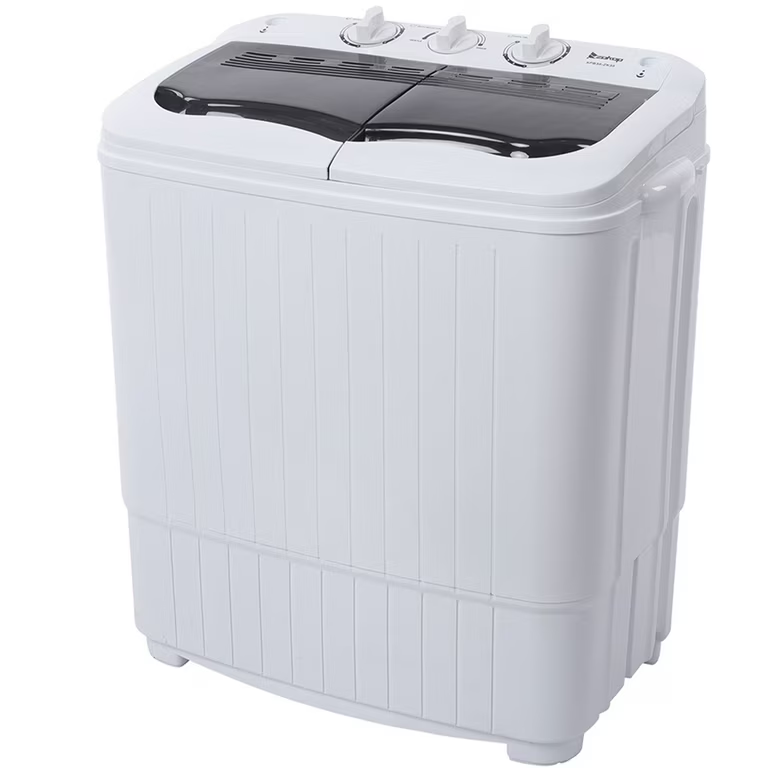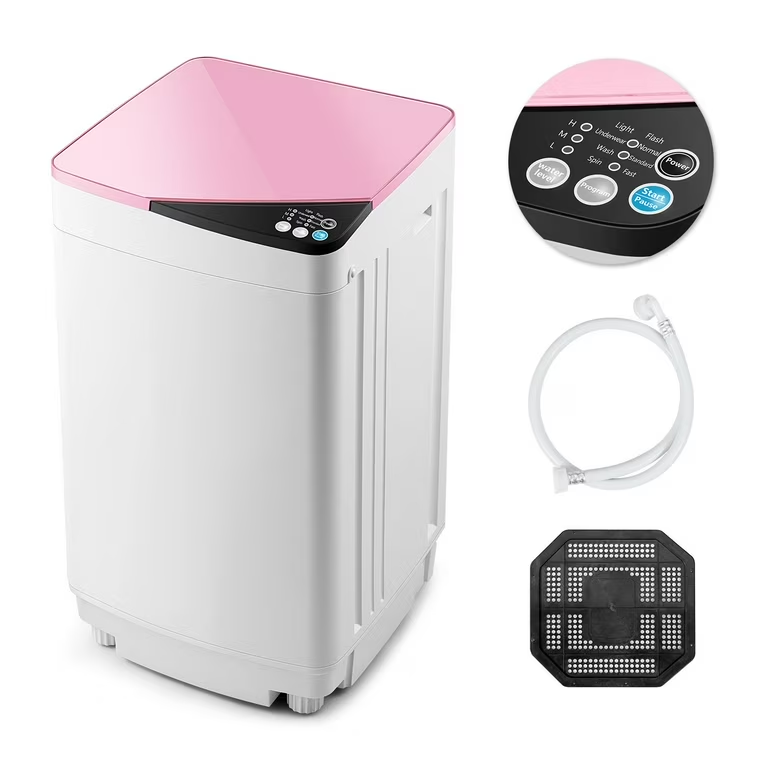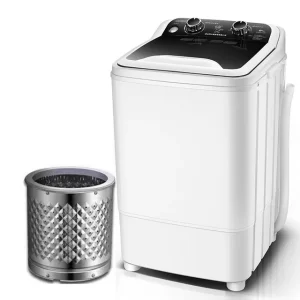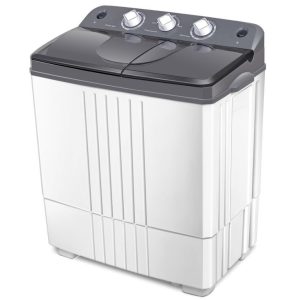Understanding Washing Machine Won’t Spin or Drain
Dealing with household appliances that refuse to function can be incredibly frustrating, especially when it comes to essential machinery like a washing machine. One common problem that can throw a wrench into your daily routine is when your washing machine won’t spin or drain. This issue not only hinders your ability to wash clothes efficiently but may also leave standing water in your washer, causing more trouble than you bargained for. Understanding the root causes and solutions to this problem can save you significant time and money, making it an essential topic for homeowners everywhere.
Reasons Your Washing Machine Won’t Spin or Drain
Motor Malfunction
One of the main reasons a washing machine won’t spin or drain is a malfunctioning motor. The motor is the core component driving the drum of the washing machine to spin. Over time, general wear and tear or other technical issues can lead to motor failure. In such cases, the machine may not be able to enter the spin cycle or drain effectively. Look for signs like unusual noises or a burning smell, which can indicate motor issues.
Blocked Drain Pump
A blockage in the drain pump is another common culprit. The drain pump is responsible for removing water from the washer after the wash and rinse cycles. Small objects like coins, buttons, or lint can get stuck in the drain pump, causing it to malfunction. A blocked drain pump can prevent the washing machine from draining water, which in turn inhibits the spin cycle. Inspecting and cleaning the drain pump can often resolve this issue.
Faulty Lid Switch
The lid switch is a safety feature that prevents the washing machine from spinning while the lid is open. If this switch becomes faulty, it can trick the machine into “thinking” that the lid is open all the time, preventing it from entering the spin cycle. Testing the lid switch for continuity with a multimeter can help determine if it needs to be replaced.
Drive Belt Issues
The drive belt is the component that connects the motor to the drum. Over time, the belt can become worn out or break, making it impossible for the drum to spin. To inspect the drive belt, you would typically need to open the back panel of the washing machine. If the belt appears worn or broken, replacing it could solve the issue.
Clogged Drain Hose
The drain hose is another vital part of the washing machine’s drainage system. A clogged drain hose can impede the flow of water out of the tub, causing issues with both draining and spinning. Regularly inspecting the drain hose for blockages can help you maintain the machine’s efficiency.
Control Board Problems
The control board is the brain of your washing machine. It dictates when each cycle should start and stop. If there’s a glitch or malfunction in the control board, it can affect the machine’s ability to spin or drain. Diagnosing control board issues can be complex and often requires professional intervention.
Diagnosis
Inspect the Motor
If you suspect the motor is the issue, the first step is to observe the washing machine during the spin cycle. Listen for any unusual noises like grinding or squealing. Checking the motor for physical damages and using a multimeter to test for electrical continuity can also be helpful. If you’re not comfortable handling electrical components, consulting a professional technician is advised.
Clean the Drain Pump
Cleaning the drain pump is a relatively straightforward task but requires some preparation. First, unplug the washing machine to avoid any electrical hazards. Locate the drain pump—usually found at the bottom of the machine. Use a bucket to catch any residual water and carefully remove the pump to clean it. Reinstall the pump and run a test cycle to see if the issue is resolved.
Test the Lid Switch
To test the lid switch, you will need to access the switch itself, often located under the lid or around the door frame. Use a multimeter to check for electrical continuity. If the switch is faulty, it will need to be replaced. Replacement parts are generally affordable and available from most appliance stores.
Troubleshooting
Examine the Drive Belt
Inspecting the drive belt requires access to the interior of the washing machine. Remove the back panel and examine the belt for signs of wear or breakage. If the belt looks damaged, replacing it with a new one of the same specifications should enable the drum to spin effectively again.
Check the Drain Hose
Checking the drain hose involves disconnecting it from the washing machine and inspecting it for any blockages. You can use a long brush or flexible rod to clear any debris. Afterward, reconnect the hose and run a test cycle to ensure proper drainage and spinning.
Evaluate the Control Board
Evaluating the control board is more complex and may require professional service. If you suspect the control board is at fault, it’s often best to consult a technician who can run more sophisticated diagnostic tests.
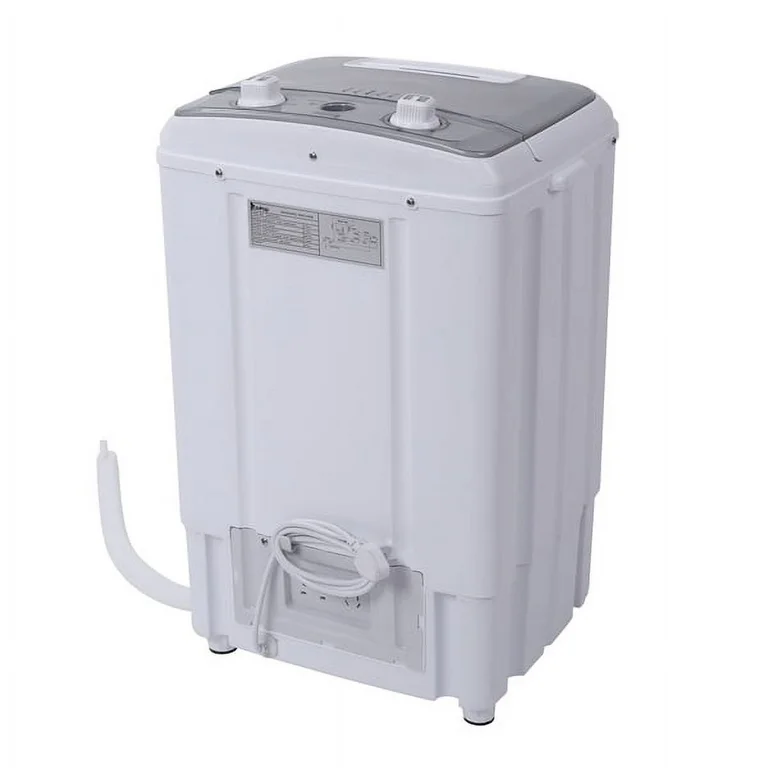 Long-term Preventative Measures
Long-term Preventative Measures
Regular Maintenance
Keeping up with regular maintenance can significantly reduce the chances of your washing machine encountering issues like not spinning or draining. This includes regular inspections of key components like the drain pump, motor, and hoses. Cleaning these parts periodically can prevent blockages and wear-and-tear.
Use Proper Detergents
Using the right kind of detergent can also play a role in the longevity of your washing machine. High-efficiency detergents that produce less suds can help keep the internal components clean and functioning efficiently.
Avoid Overloading
Overloading the washing machine puts extra strain on the motor, belt, and other moving parts. Following the manufacturer’s guidelines for load capacity can help maintain your washer’s performance over time.
Timely Repairs
Addressing minor issues before they become significant problems can save you a lot of headaches. For instance, if you notice your washing machine making unusual noises, it’s better to investigate and resolve the issue early, rather than waiting for a full breakdown.
Professional Help
When to Call a Technician
While many of the issues causing a washing machine not to spin or drain can be resolved with DIY troubleshooting, there are times when professional help is necessary. Problems with the control board, severe motor malfunctions, or recurring issues after DIY repairs are cases where you should consider professional servicing.
Choosing the Right Service Provider
When selecting a technician, look for certified and experienced professionals. Reading reviews and asking for recommendations can help you choose a reliable service provider. While it might be tempting to go for the cheapest option, investing in quality service can lead to longer-lasting repairs and fewer issues down the line.
Final Thoughts: washing machine won’t spin or drain
Addressing the issue of a washing machine that won’t spin or drain can seem daunting, but with the right information, it’s entirely manageable. From understanding the root causes like motor malfunctions, blocked drain pumps, and faulty lid switches, to implementing effective troubleshooting techniques, homeowners can tackle most of these problems head-on. Preventative measures like regular maintenance, using appropriate detergents, and avoiding overloading can further ensure the longevity of this essential appliance. While some issues may require professional help, particularly when it comes to complex components like the control board, many common problems are solvable with a bit of effort and know-how. By taking a proactive approach, you can keep your washing machine in optimal condition and avoid the inconvenience of a machine that won’t spin or drain.
